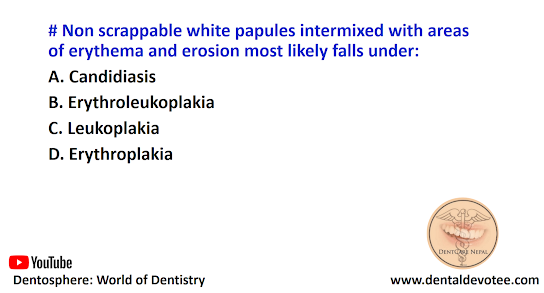# Which of the following teeth have more than one occlusal form?
A. Maxillary first premolar
B. Maxillary second premolar
C. Maxillary first molar
D. Mandibular first molar
The correct answer is C. Maxillary first molar.
The maxillary first molar is the largest tooth in volume and one of the most complex in root and canal anatomy. The pulp chamber is widest in the buccolingual dimension, and four pulp horns are present (mesiobuccal, mesiopalatal, distobuccal, and distopalatal). The pulpchamber's cervical outline form has a rhomboid shape, sometimes with rounded corners. The mesiobuccal angle is an acute angle; the distobuccal angle is an obtuse angle; and the palatal angles are basically right angles.







